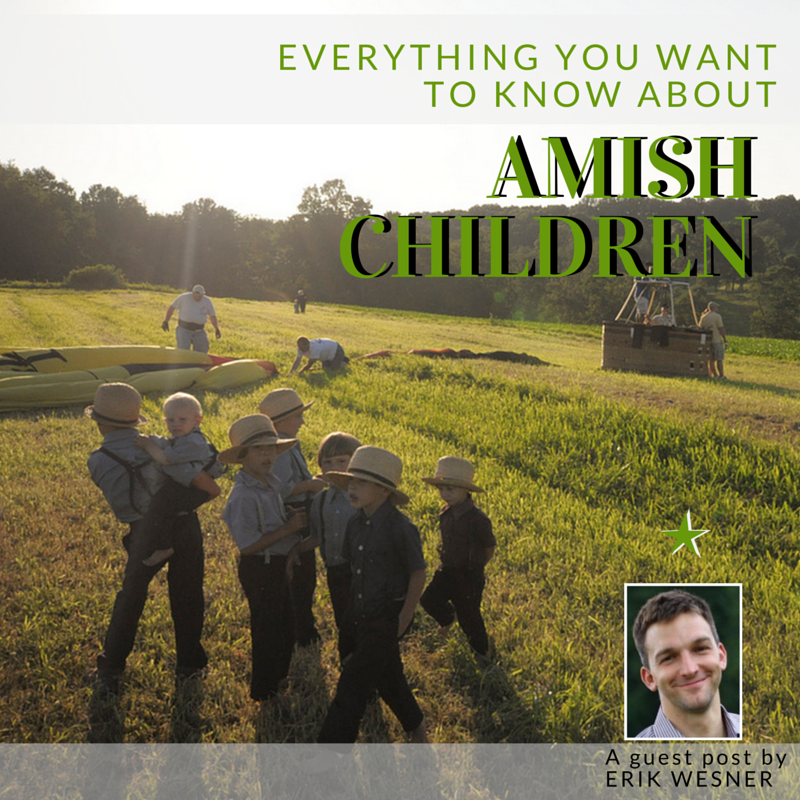
Everything You Want to Know About: Amish Children
Happy Monday, everyone! Say hello again to our friend Erik Wesner, author of Success Made Simple: An Inside Look at Why Amish Businesses Thrive, here to tell us more about the lives of Amish children.
Read on:
To be sure, the Amish have one blessing in abundance: children. To the Amish, they are the future of the church, and as one mother put it, “the only treasure we can take with us to heaven.” In this piece we look at how children are incorporated into Amish families, what Amish schooling is like, as well as the adolescent years.
Amish Children are a Welcome Blessing
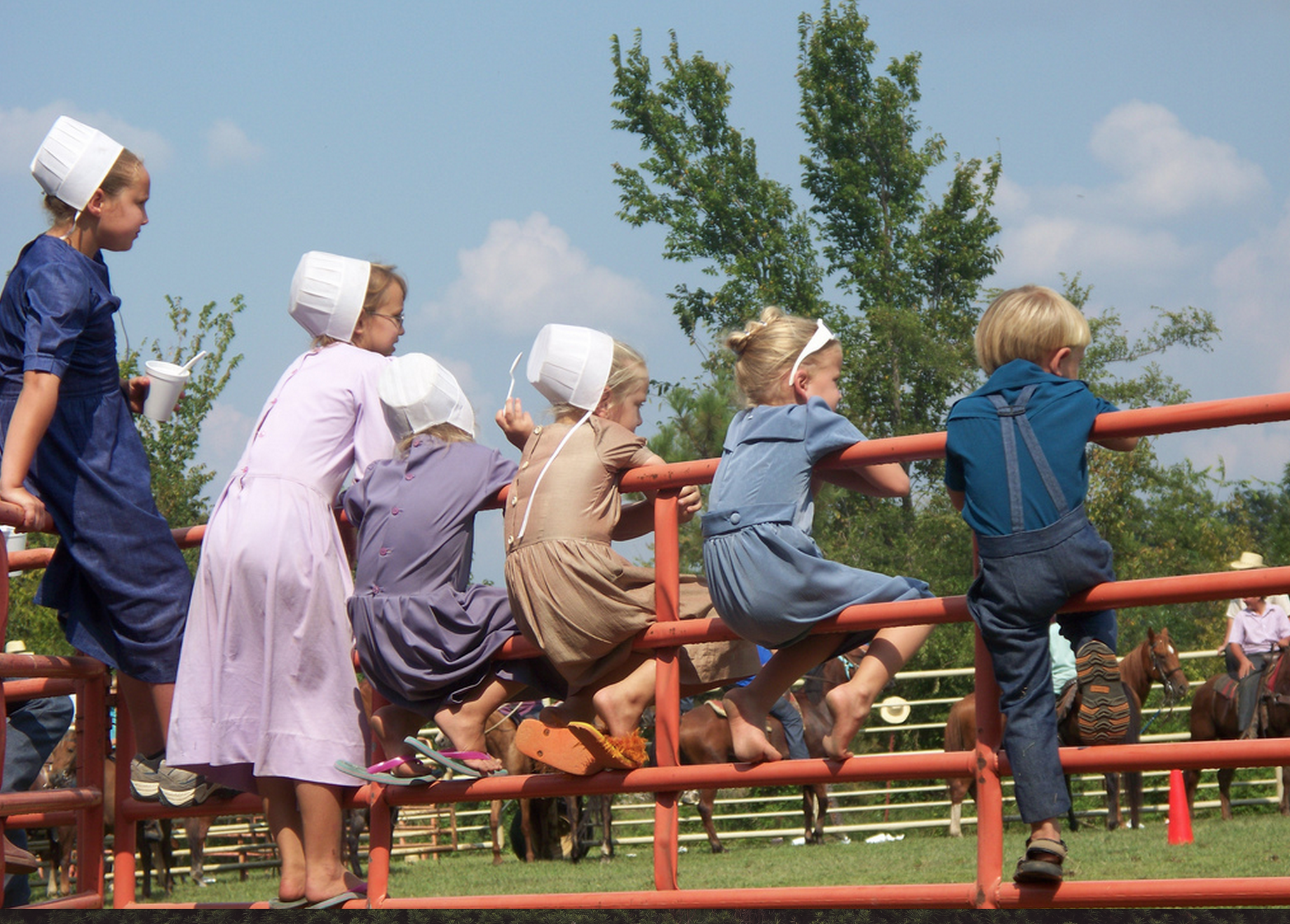
The more, the merrier! The Amish champion the many blessings of many children.
Amish parents consider their children their greatest earthly treasure. Children are welcomed as a blessing from God and large families are the norm. Babies are born in different circumstances, with home birth or birth at a local center which caters to Plain mothers favored by many, while others opt for conventional hospital deliveries.
Amish children enjoy the company of numerous siblings, meaning playmates are rarely scarce.
Outside observers often comment that Amish children are particularly well-behaved. Amish parents take what some might consider an old-fashioned approach, and use physical discipline in most cases to shape their children’s behavior.
Furthermore, instilling a strong work ethic in their children is important in Amish families. Youngsters frequently accompany their mothers and fathers while working, and are typically eager to join in and help their parents and elder siblings (even if their contributions are necessarily limited at a young age).
The Schooling of Amish Children
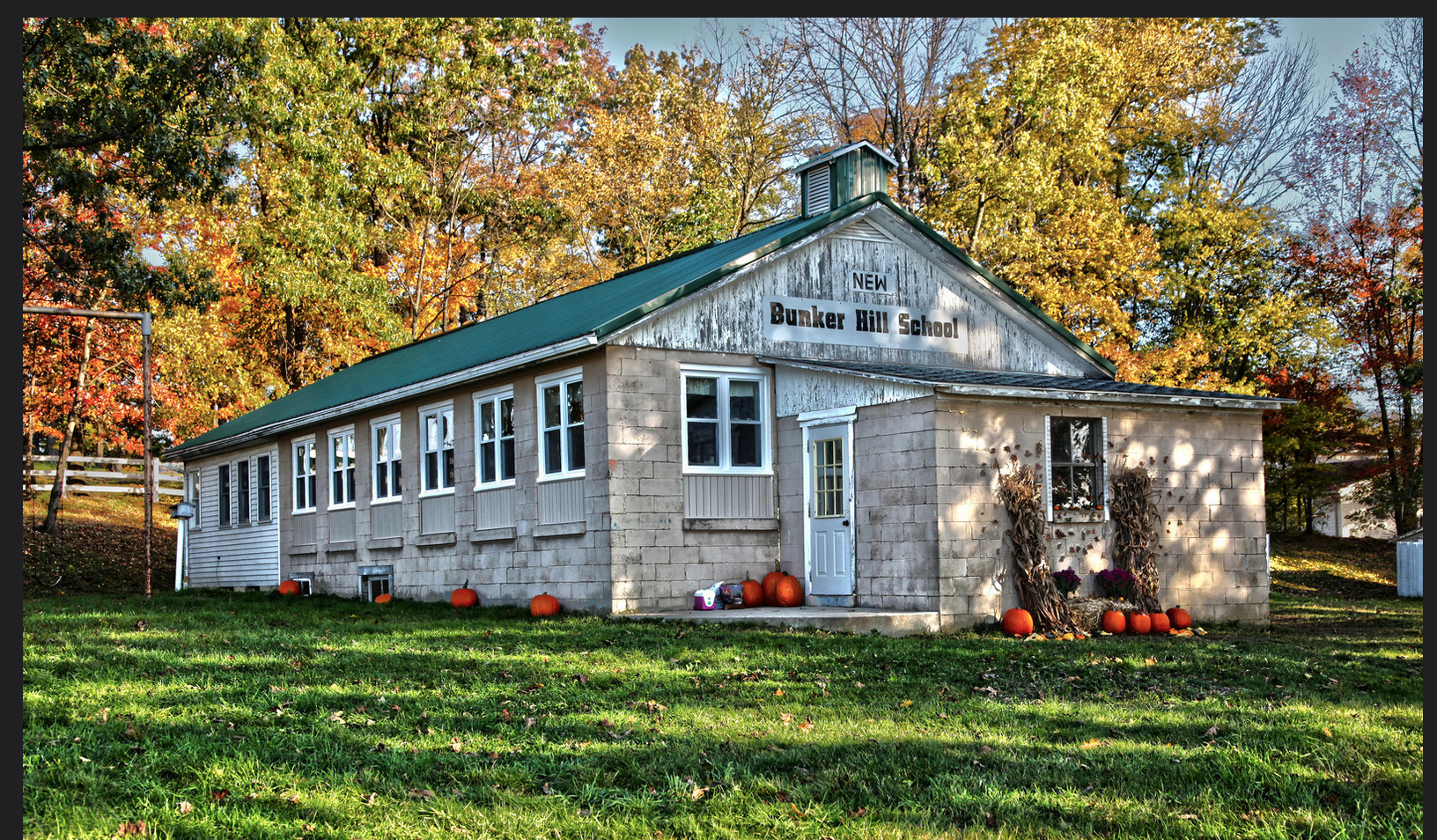
Eight is great: Amish children typically leave school around 14 or 15 years old, or about the 8th grade.
Amish schooling is limited to eight grades. Amish feel that this is sufficient to equip their children with the skills needed to thrive in Amish society. Amish also feel that science and other classes taught in high school conflict with certain important religious beliefs.
The one- (or two-) room Amish schoolhouse is a common sight in most communities, though some children attend public schools. Amish parochial schoolchildren are typically taught by young female Amish teachers. Curriculum focuses on the 3 R’s, as well as geography, history, German lessons, and health classes in some schools.
Amish children typically end school by age 14 or 15, a legacy of the 1972 Wisconsin v. Yoder Supreme Court decision essentially granting Amish the right to restrict their children’s education.
Amish Children Joining the Youth, Rumspringa, & Marriage
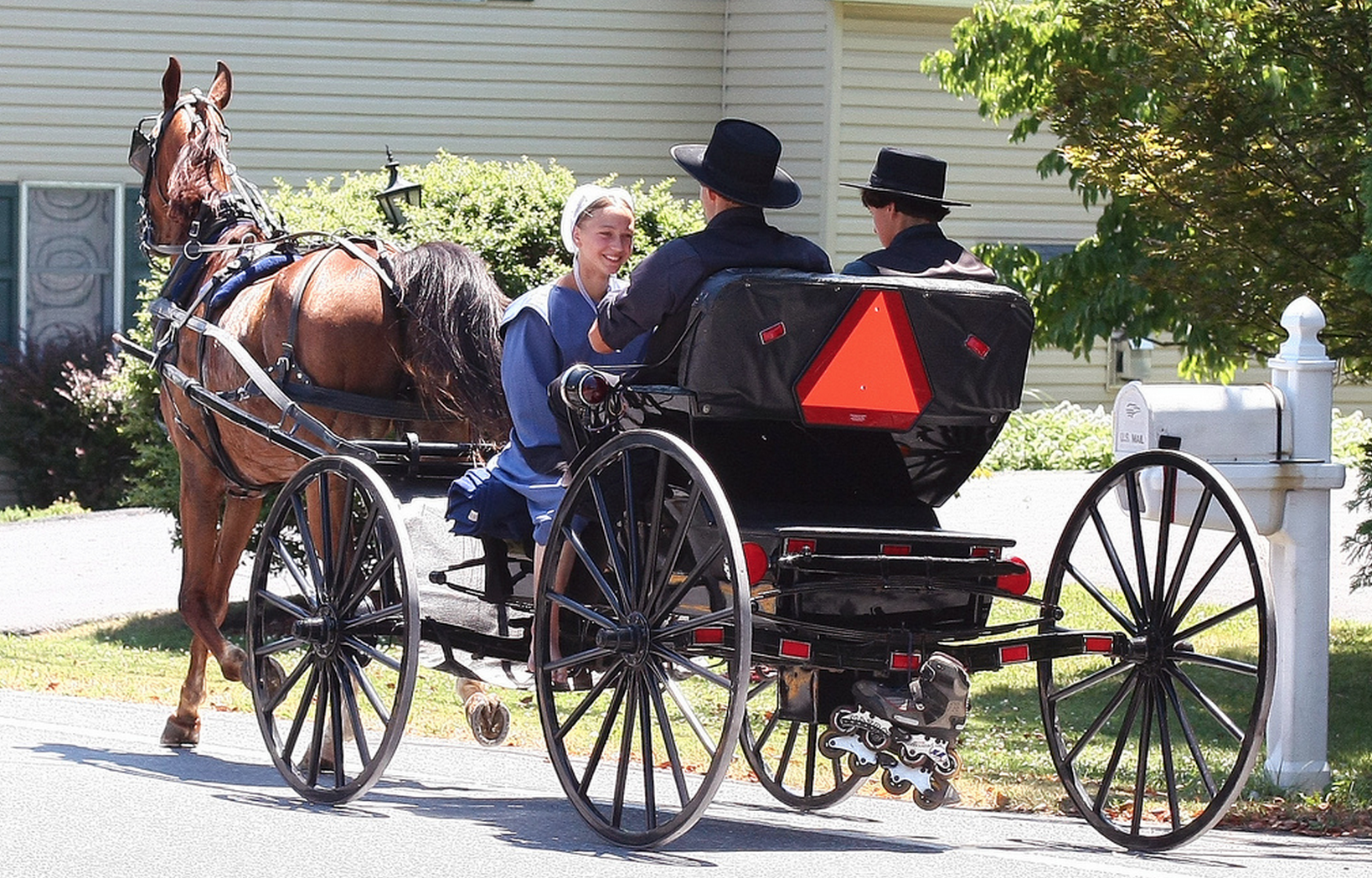
At age 16, most Amish join a formal youth social group to socialize & find dating partners
When Amish children finish school, they enter a transitional period between the ages of 14 and 16, when they often work at home or for a relative’s or other Amish-owned business or farm in the community.
At age 16, they typically join a youth group and began a more formal social experience. In some communities, Sunday singings provide a venue for Amish youth to socialize, and also to find dating partners. Amish may refer to this time as “running around,” or “going with the youth.”
Rumspringa is another German dialect name given this youth period, and despite the media depictions, in most cases is not nearly as wild as might be portrayed in the media. Though some Amish youth do behave badly, engaging in alcohol, drugs, and parties, most do not. The purpose of this period, as described by one Amishman, is to find a marriage partner.
Amish youth also make the decision to join the church during these years, with most, but not all, being baptized between the ages of 18 and 22. Baptism is required for marriage in the Amish church; Amish do not sanction marriage between an Amish and non-Amish person. Amish typically marry in their early to mid-20s, and shortly thereafter most begin families of their own.
Love and Faith
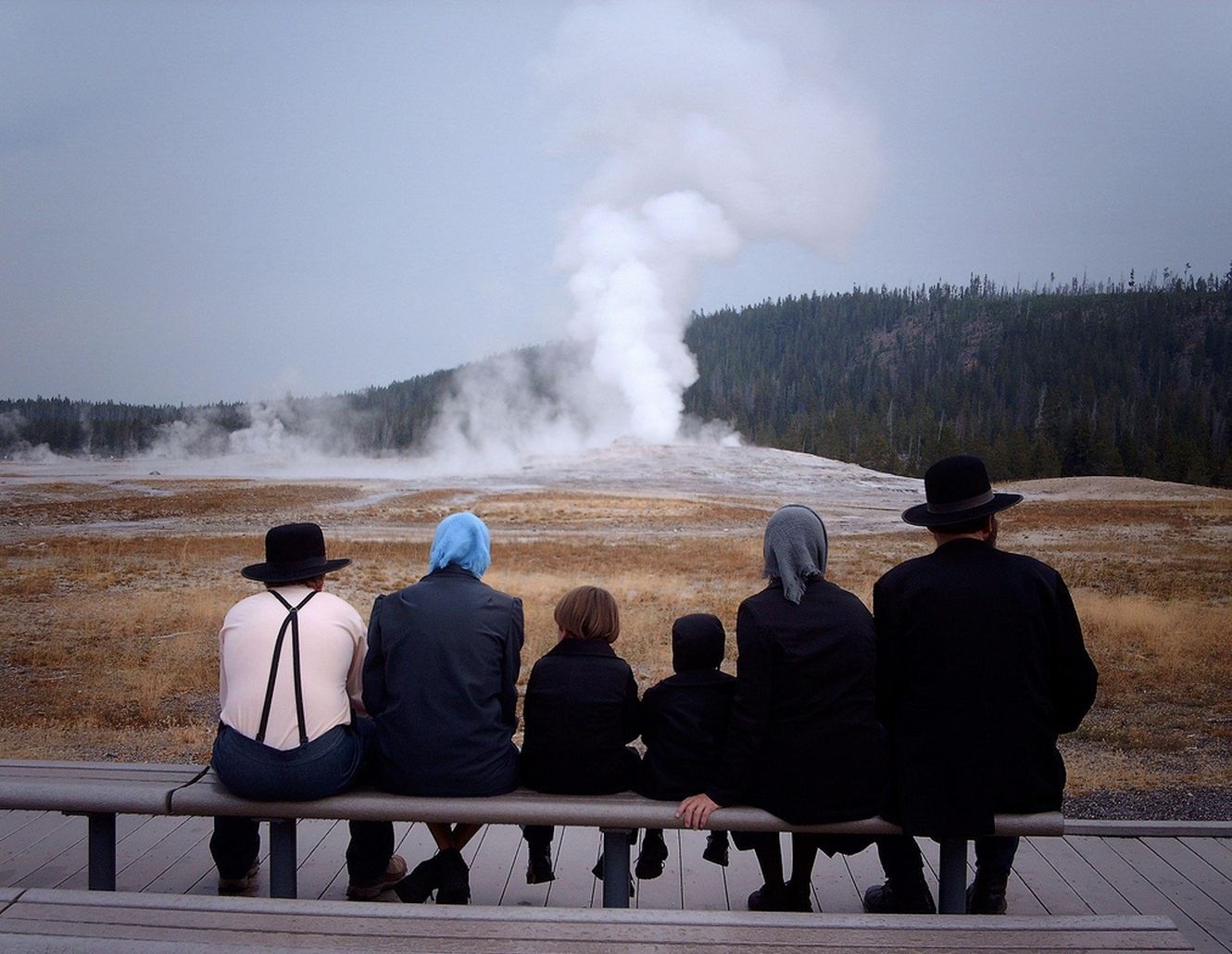
Like all families, Amish children are brought up to stay within the bonds of family & faith
Amish parents love their children just as any other parents. They have similar concerns for their well-being, though compared to non-Amish society, less emphasis is placed on “book” education, and more on learning essential values such as Christian mores, a work ethic, and working well with others.
As Amish children grow older, Amish parents worry about their teens, and the influences they face, in a similar way to non-Amish parents. This can be one of the most fraught periods for parents of teens, especially those who live in communities with wilder youth behavior.
While the choice of whether to become Amish is up to each individual, many Amish parents do hope that their children will follow in their faith footsteps and join the Amish church. And in the end, most youth (typically ¾ or more) make that decision to become Amish.
By Erik Wesner, author of Success Made Simple: An Inside Look at Why Amish Businesses Thrive, and editor of the Amish America website.





